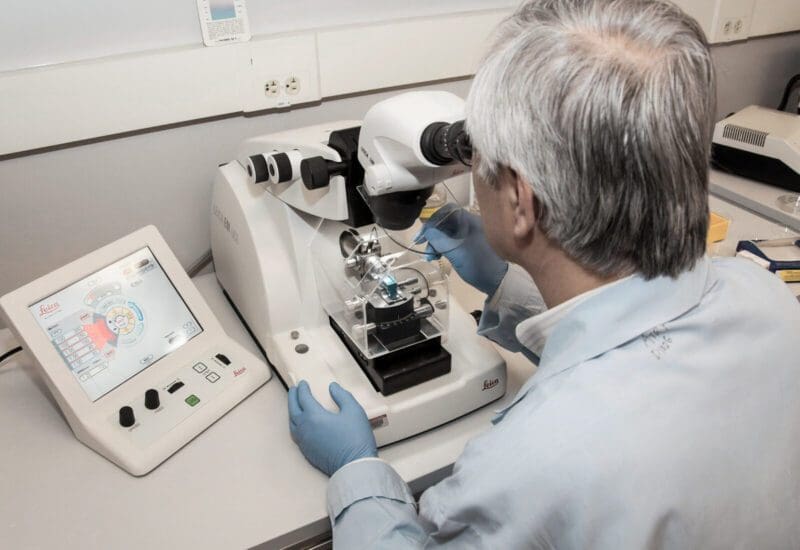This article was first published by the Align Strategy team in The Pharma Letter.
Launching a product is a major milestone for any brand. However, the data set supporting regulatory approval and reimbursement cannot be relied upon to maximise success across the lifecycle, especially as market dynamics evolve.
While additional evidence can be delivered on a continuous basis through post-marketing studies, additional clinical trials, and real-world evidence (RWE) studies; this is often generated piecemeal by different functional or local teams and is not effectively tracked in a co-ordinated fashion. Further data coming in from various local registries and Investigator-Initiated Research (IRR) programs adds an additional layer of evidence to track and consider.
The resulting situation is like holding an assortment of jigsaw pieces without a clear idea of what the finished puzzle is meant to look like. How can we be sure that we have a complete set of pieces? And are the pieces we have even part of the same jigsaw puzzle?
An integrated evidence plan is key to completing the puzzle – creating a view of what our desired holistic evidence ‘picture’ looks like and identifying the full set of coordinated pieces needed to build it.
What is an integrated evidence plan?
An integrated evidence plan is designed to maximise patient access to your brand through changing competitive dynamics and shifting stakeholder needs by delivering the evidence needed to optimise value differentiation.The plan bridges from clinical development to lifecycle management (LCM), connecting evidence generation into longer-term strategy planning across the lifecycle and bringing the right evidence to the right stakeholders at the right time.
Delivering an integrated evidence plan requires a strategic approach coordinating activities over time and across geographies, encompassing:
- Optimally designed and executed pivotal studies – right choice of endpoints/outcomes, comparators, measure of QoL impact/patient-centric outcomes, balance of subgroups.
- Cost effectiveness evaluation, and budget impact and resource use modelling.
- Post-launch RWE and generation of additional clinical data supportive of mid- to long-term strategy.
- Balancing of global strategy with anticipation of potentially diverse evidence requirements that might exist across regions/countries.

How can we achieve a coordinated integrated evidence plan?
Holistic evidence generation planning requires development of a strategic understanding of evidence priorities over time. This process can be initiated and re-evaluated at any point across the lifecycle of a brand, from Phase 3 through to late lifecycle.
The starting point is the identification of five-year value demonstration goals – i.e. what do we want to be able to demonstrate or communicate about our brand over time in order to optimise the value story? These goals should be aligned with the current brand strategy framework and should encompass the needs of key stakeholders at global, regional, and local levels.
Building a view of existing and anticipated evidence and mapping this to value demonstration goals over time supports identification of priority evidence gaps that should be the basis of the integrated evidence plan. It might also be necessary to take a franchise view to coordinate investment across multiple assets.
Medical affairs, clinical development and P&MA are all critical stakeholders, and a joint approach to workstream leadership is key. This is an area of activity that needs full participation and consideration from a truly cross-functional team, from R&D through Regulatory, Commercial, to CI, Biostatistics and Publications.
What are the benefits of effective integrated evidence planning?
Continued evidence delivery is critical to ensuring a brand continues to best compete and to maintain impactful value differentiation for stakeholders that translates into clinically meaningful benefits for patients in the real world.
A coordinated and holistic evidence generation strategy makes sure all opportunities are leveraged and avoids evidence gaps not being anticipated early enough to be successfully addressed, and preventing a need to seek to ‘retrofit’ data to address these challenges. Effective evidence generation planning also enables optimization of resources, avoiding duplication of activities or dissemination of incomplete, conflicting, or disjointed messages.
The integrated evidence plan should be a living document, revisited regularly to integrate changes in market dynamics or internal datasets, and to apply key insights and learnings. This is a workstream that sits alongside and complements annual brand planning in supporting achievement of a brand’s strategic objectives.
Through this workstream, a brand or franchise team can ensure that the evidence generation jigsaw puzzle comes together effectively to create a narrative that clearly demonstrates a brand’s value story, with no missing or ill-fitting pieces distorting the picture.
Align Strategy has supported multiple teams to optimize their integrated evidence generation processes and plans through the creation of customized support solutions. If you feel that an effective integrated evidence plan is the missing piece in your brand’s story, get in touch with the Align team today.


